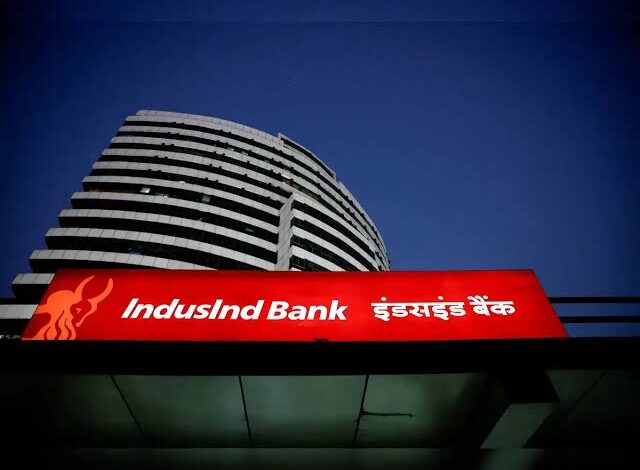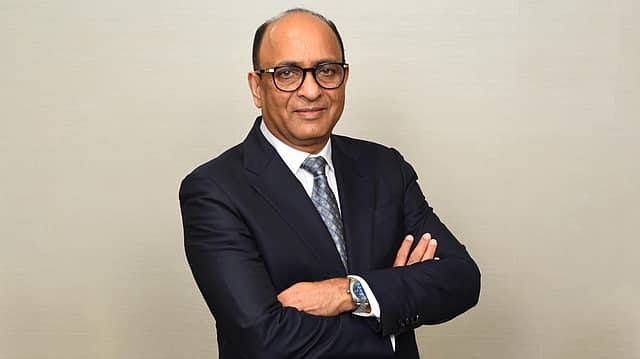
…the governance “practices” have to be sound and robust.
The influence, the Chief Executive Officers (CEO) (who quite often appear to forget their responsibilities to the Board as a Managing Director) and the respective managements had on the boards of a few scheduled commercial banks (SCBs) came to the fore, when the hidden gross NPAs, and the unprovided provisions thereon, were brought out in the Asset Quality Review (AQR) conducted by RBI in 2016. The regulator brought out a “discussion paper on governance in commercial banks in India” in 2020. Even after that, non-compliance of policies and flouting of corporate governance guidelines continue to hog the limelight, as evidenced in the episodes of LVB, Yes Bank, PMC Bank, RBL Bank, Paytm Payment Bank, NICB, etc. resulting in take overtakeover, change of ownership/ board/ management control and even shutting down of operations in one case. The irregularities in VIDEOCON loan sanction/renewal in a private bank, suspension of on-boarding of new customers in some business activities in a few banks, huge penalties levied by the regulator for non compliancenon-compliance by large/mid sized banks served as a starcstark reminder that the MD & CEO and the respective managements ‘managed’ their board and its members. (The board members incidentally chose to not to exercise their independence and due diligence functions).
The corporate guideline practices brought out in the discussion paper of RBI are robust enough to prevent any deliberate wrong doings/non-disclosures that affect the fortunes of many stake holders of a bank, particularly the depositing and investing public. The roles of (i) the board, (ii) independent directors, (iii) audit committee of the Board (ACB), (iv) Rrisk Mmanagement Ccommittee (RMCB), (v) Nnomination and Rremuneration Ccommittees (NRC), (vi) chief risk officer(CRO), (vii) compliance officer, (vii) internal audit system and (ix) external statutory auditors are well laid out. The regulator, on its own, conducts off-site surveillance and on-site inspection at yearly or more frequent intervals. In spite of the innumerable players structures mentioned as above, one finds that the guidelines are thrown to the wind and the ‘flying kites’ are not seen till the ‘kites’ hit the dust with major accidents. Time and again, CEO and CFO appear to have carried the ‘three lines of defence’ personnel to their line of thinking, making the latter to believe that things are rosy indeed. The recent happenings in IndusInd Bank appears no different.

Kumara Mangalam Birla Committee, which provided the precursor to the corporate governance guidelines three decades ago, remarked thus:
The imperative for corporate governance lies not merely in drafting a code of corporate governance, but in practising it and the best results would be achieved when the code is treated not as a mere structure, but a way of life.
Hence it is time to review the practices followed to ensure that they are in sync with the guidelines. My few suggestions are as under:
1. The guidelines says business strategies and the risk mitigants that should be in place, to achieve the business goal, shall be the agenda of board meetings. Precious time of the board should not be wasted on rudimentary matters. But one always observes that the board agenda is still ‘management driven’ and not the other way round. To achieve the real perspective, the statutory auditors and RBI inspection officials should be asked to comment specifically on the quality of board meetings.
2. Orientation training and continuous education of directors still remain a distant dream.
3. The board of directors of SCBs, drawn from different financial institutions, various regulators and government departments, are found to be well experienced and also adequately satisfying the eligibility criteria for becoming a director in a bank’s board. However, the selection of the director for evaluation by NRC still rests with the CEO and his management team. A wider panel of directors, eligible for appointment, should be made available for NRC evaluation, instead of the select few known to the management. To a great extent, this will eliminate the practice, if any, of bringing in persons, who feel obligated to the management for referring them to NRC.
4. A sufficient cushion period should be laid out for senior executives of SCB/ government/regulators to occupy the position of an independent director, post retirementpost-retirement, to avoid perceived influence/conflict of interest.
5. Non executiveNon-executive Chairman should review the performance of the executive functions carried out by the MD and the EDs annually.
6.Interaction between statutory auditors and ACB should be enlarged by including the members of RMCB as well.
7.. A fund should be separately created by each bank for meeting the compensation paid to statutory auditors and non-executive directors, instead of meeting such expenses from the annual profit and loss account. The compensation structure should be uniform across banks, as far as possible.
8. In the recent past, some of the newly appointed MD & CEO/CFO/CRO bring in their own team of professionals in a very short period from their erstwhile organisation or elsewhere. While there is nothing wrong with this practice, for the purpose of transparency, a report on the appointments made in key positions, say within a period of six months, after the above heads report for duty in a bank should be put up to the board for information.
9. Posting of staff in the risk management and the internal audit departments assumes last priority even now in the SCBs. A profile of persons posted in such departments shall be put up to the RMCB/ACB annually for noting, as that will put the onus on the management to identify right kind of persons for the said positions.
10. The risk appetite of a bank, depending on the nature of liability sourced and the risk nature of assets deployed, should be commented upon by the rating agencies in their credit ratings. This will help the depositing/investing public to be aware of the associated risks.











